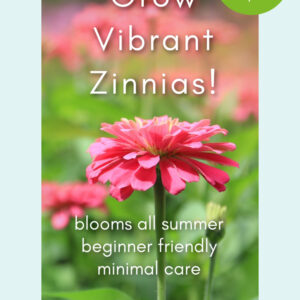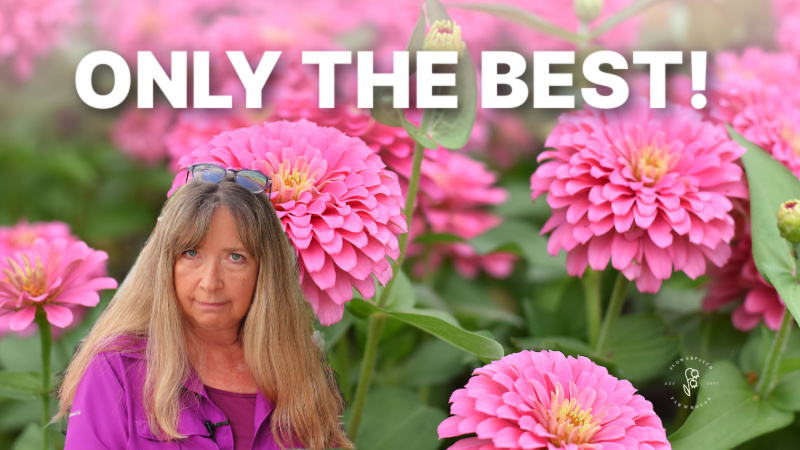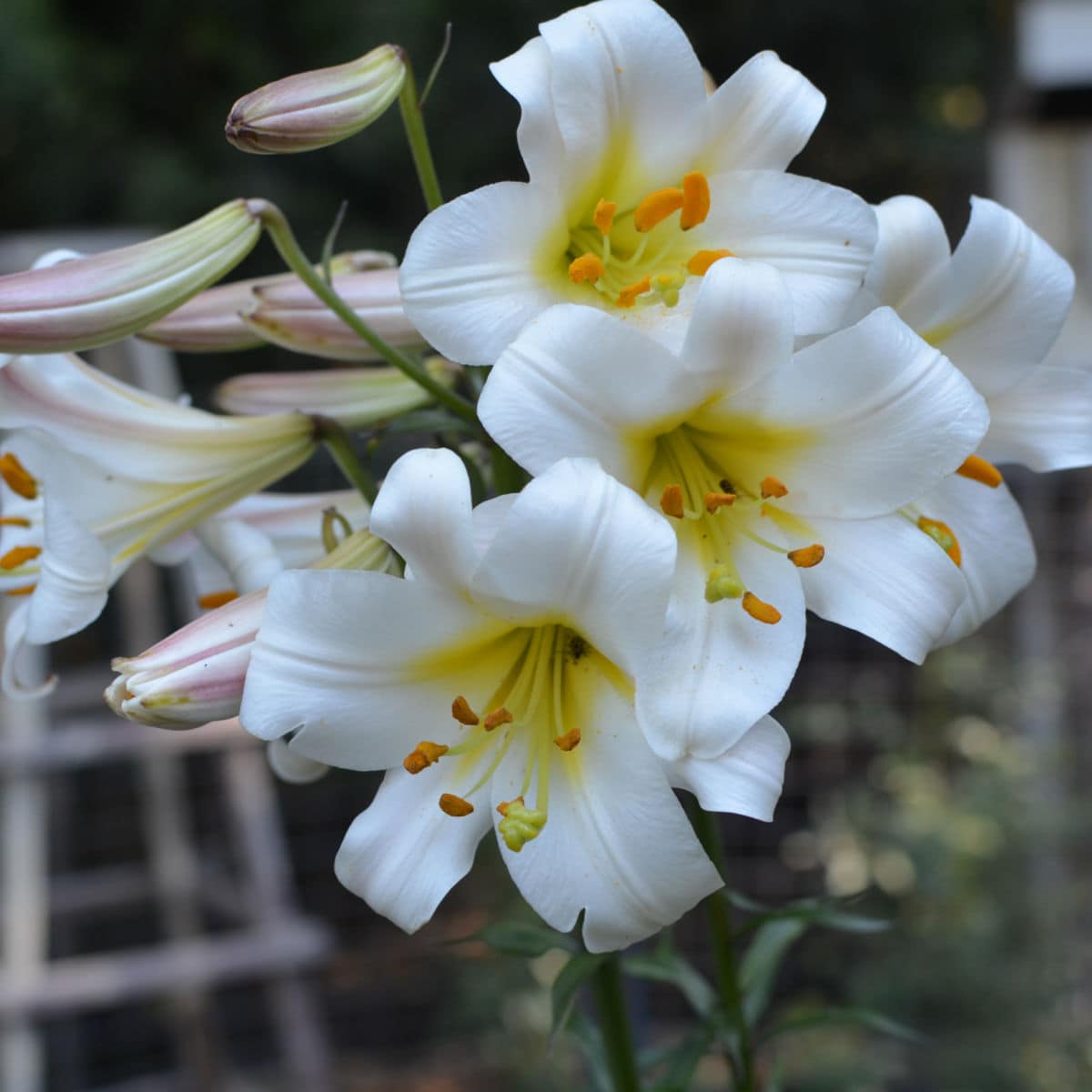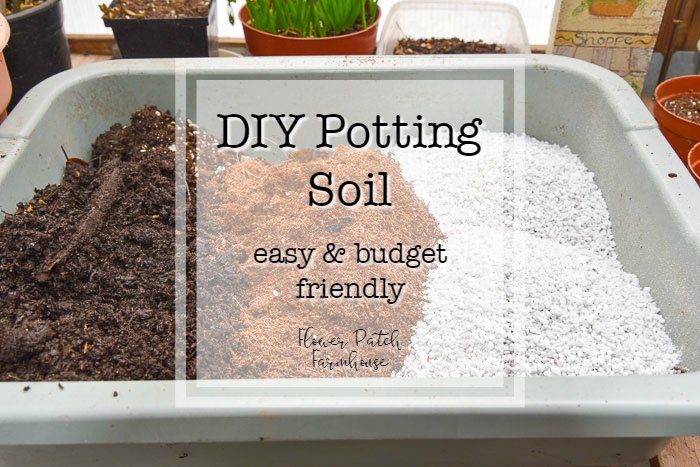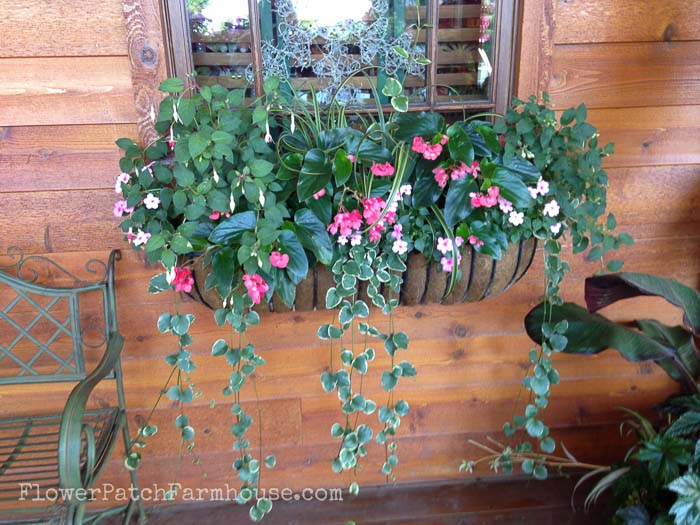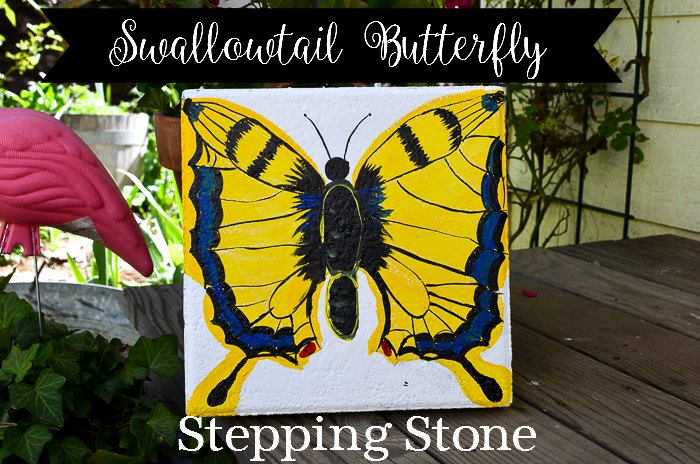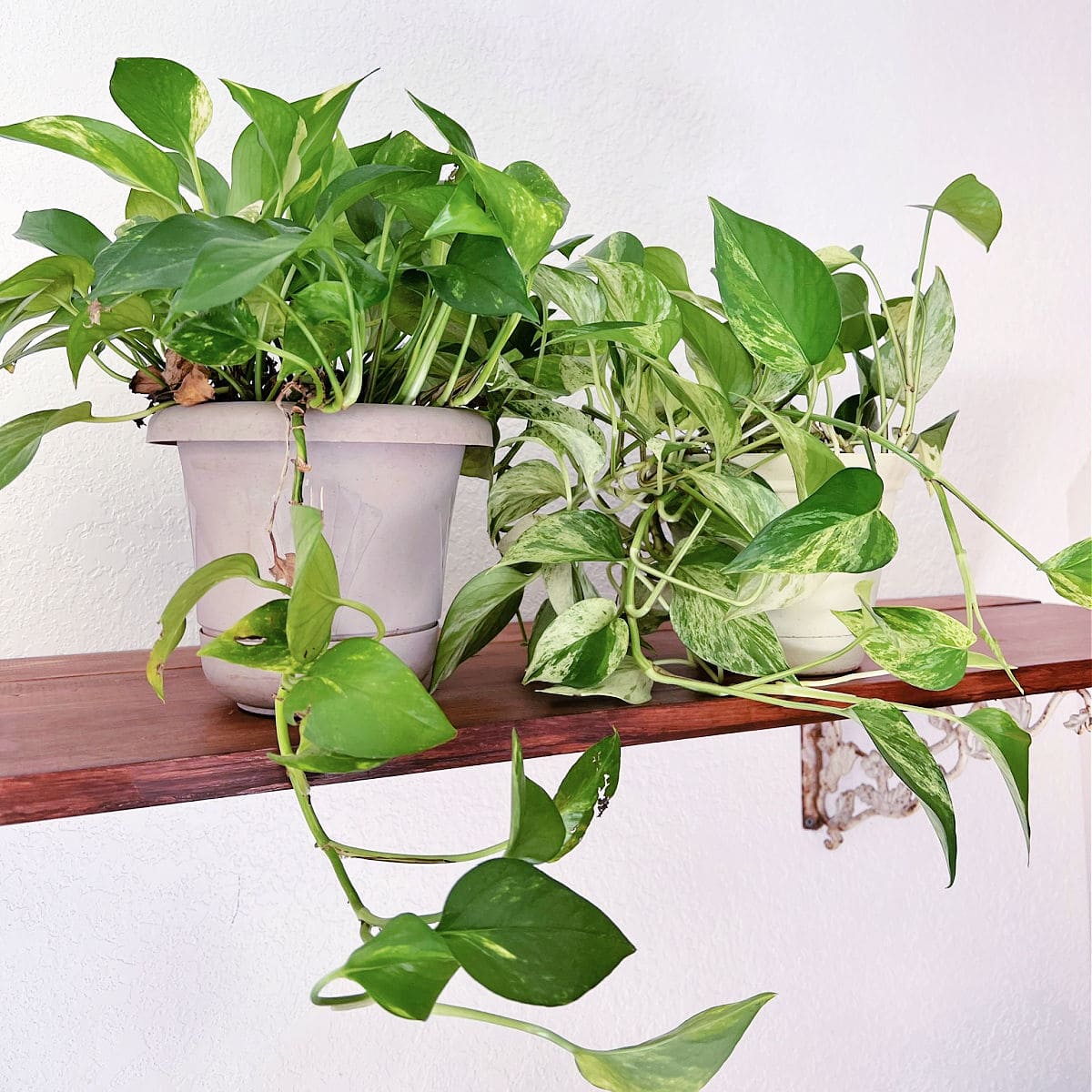10 Best Tips for Growing Zinnias: The Perfect Beginner’s Flower
Hey Garden Friends! Want to know my 10 best tips for growing zinnias in your garden? Then read on as I spill all my secrets to success.
Zinnia flowers are a vibrant and delightful addition to any garden, offering a burst of color that can brighten both your yard and your mood. These hardy flowers are not only beautiful but also remarkably easy to grow, making them an ideal choice for beginner gardeners. Here are ten tips for successfully growing zinnia flowers and why they are perfect for those new to gardening.
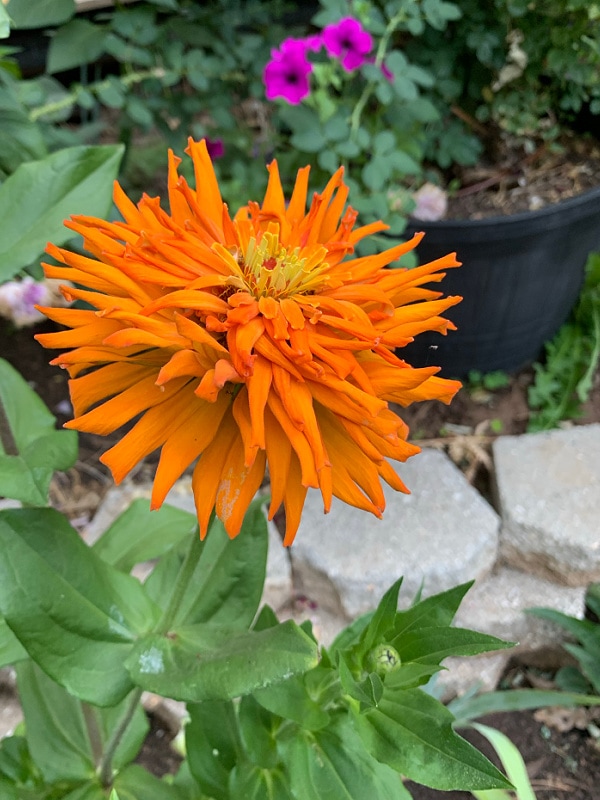
This post contains affiliate links. If you make a purchase after clicking a link I may make a small commission at no cost to you.
Scientific Name: Zinnia Elegans
Growing the Best Zinnia Flowers
1. Choose the Right Location
Zinnias thrive in full sunlight, requiring at least six hours of direct sun each day. Choose a spot in your garden that isn’t shaded by trees or larger shrubs. The more full sun zinnia plants get, the more they bloom!
Planting them in a sunny spot also helps ward off fungus. More on that later.
2. Prepare the Soil
These flowers aren’t too fussy about soil but do best in rich, well-draining soil. Amend your garden soil by mixing in some compost or aged manure to improve fertility and drainage.
Build Better Soil One Easy Step at a Time!
Garden beds with well-drained soil are best for a wide range of plants and flowers so aiming to improve soil health by adding organic matter is key to success in gardening.
3. Space Them Properly
Zinnias need good air circulation to prevent powdery mildew and other fungal diseases. Space them according to the instructions on the seed packet, usually about 6-18 inches apart, depending on the variety.
4. Water Wisely
Water zinnias at the base of the plants to keep the foliage dry, which helps reduce disease risks of powdery mildew. They prefer a moderate amount of moisture, so let the soil dry out slightly between waterings.
I have used soaker hoses in the past but haven’t found good ones lately so I have switched to drip irrigation. I found an easy kit at Home Depot, learned the ropes on putting things together, and now have added it to all my garden spaces. It is a game changer in watering effectively and in an environmentally friendly way.
5. Start from Zinnia Seeds
One of the great things about zinnias is how easy they are to grow from seeds. You can sow them directly into the garden after the last frost, and they will start blooming in just a few weeks. This makes them a very budget-friendly plant.
But you must make sure the soil has warm up to nearly 70 degrees, or at least into the 60’s. They do not benefit from starting before then as they will just sulk in cold weather. This makes them susceptible to pest attacks.
Those in cooler climates wanting a head start should start their seeds indoors.
easy garden tips and tricks helping you to garden with success!
Indoor Seed Starting for Beginners!
I have read that they don’t like their roots disturbed so if you have a long enough garden season then direct sowing is your best bet but I have tried both, starting early indoors and direct sowing.
Usually, direct sowing has worked best for me but last year was different. We had a very cold June and my direct sown zinnias all faltered and died whereas the ones I started indoors and planted out as fair-sized plants did great.
6. Deadhead Regularly
To maximize blooming, deadhead the flowers regularly. This means removing spent blooms to encourage the plant to produce more flowers instead of going to seed. You can remove the flower head as soon as it looks faded. With regular deadheading, you can enjoy zinnia blooms until the first frost!
If you are growing zinnia flowers for cutting then choosing the right time to cut is important. If cut too soon they will droop but if you wait too long they won’t last long in a vase.
For best results and longer vase life, do the wiggle test. Hold the stem about 8 inches below the flower and shake it gently. If the stem bends easily, it’s not ready. It’s ready to be picked or cut if it stays straight and firm.
Toward the end of the season let some flowers remain on the flowers so they can set seed you can then collect for next year.
Harvesting Zinnia Seeds for Free Plants Next Season!
7. Watch for Pests
While generally low-maintenance, zinnias can attract certain pests like aphids and spider mites. Young plants can be susceptible to slug attack.
Some say to use insecticidal soap if you get pests but I rely on good bugs to rid my garden of aphids while spider mites are an entirely other bag of worms. Spider mites like dry conditions so keep your eye out when your conditions are arid and hot.
Some complain that Japanese beetles are attracted to Zinnias but a good trick is to plant Zonal geraniums nearby which when eaten by the beetles renders them comatose and they can die.
This past season I used a Rosemary and Clove-based spray that helped tremendously with the spider mites.
8. Try Different Varieties
Zinnias come in a wide range of colors, sizes, and shapes. Experiment with different types such as ‘Zahara’ for smaller blooms or ‘Benary’s Giant” for larger, more dramatic flowers.
There are cactus types, pom pom, and one that has a scabiosa type bloom. Many come in a wide range of bright colors.
You might be surprised by what strikes your fancy as I never thought I really liked the cactus type and one year I tossed out a bunch of seeds someone gave me for the hey of it and I loved them! Renees Garden Seed raggedy ann mix
9. Use Mulch
Applying a layer of organic mulch around zinnias can help retain soil moisture and suppress weeds. This also keeps the soil cooler and provides a cleaner backdrop for the bright blooms.
Using organic mulch can also help in building soil health.
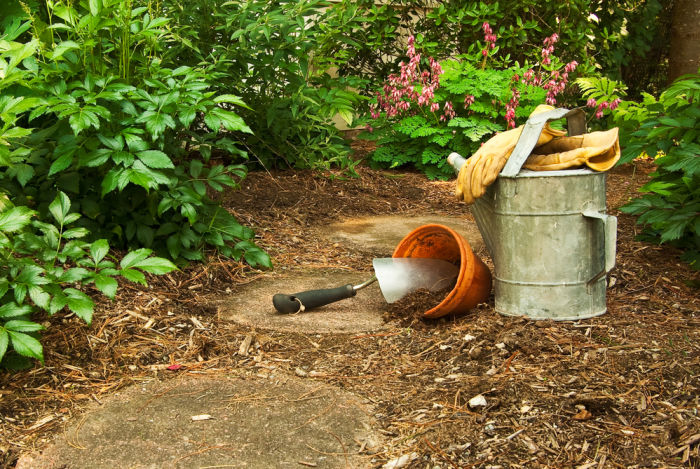
10. Enjoy the Butterflies
Zinnias are excellent for attracting butterflies, so they can help turn your garden into a lively, fluttering showcase. Plus, their long-lasting blooms make excellent cut flowers.
Other beneficial insects love them too but keep in mind that the flat open flowers make better landing pads for them as opposed to the pom pom shapes.
Why Zinnias Are Great for Beginners
Easy to Grow:
Zinnias are very forgiving, thriving even under less-than-ideal conditions. This makes them a wonderful choice for inexperienced gardeners growing their first flowers. Many can direct sow them into flower beds after the last spring frost.
Quick Results:
From seed to flower in just a few weeks, zinnias make gardening feel rewarding and successful, offering quick gratification. Being annual plants there is no need to worry about winter storage or added work at the end of the growing season.
Low Maintenance:
They require minimal care – some water, a bit of fertilizer or side-dress of compost, and occasional deadheading to keep them looking their best.
Pest Resilient:
Although they can attract some pests, they’re generally resilient and easy to manage with basic care.
Versatile:
Zinnias suit all types of gardens, from formal borders to casual country gardens. Their variety in height and color makes them adaptable to many garden designs. There are tall zinnias for the back of the planting beds or smaller zinnias for along the pathways. They also make great cut flowers.
easy beginner tips
Grow A Cut Flower Garden
Cut flower gardening is easy and affordable, and it can be interwoven into your existing garden. If you choose plants that will bloom at different times of the year you will have fresh flowers available throughout the season.
Growing zinnia flowers is an easy and enjoyable way to start your gardening journey. Their bright blooms and easy-care nature ensure a rewarding and successful gardening experience. Try planting some this season, and enjoy the gorgeous flowers and life they bring to your outdoor space!
Happy Zinnia Growing!
